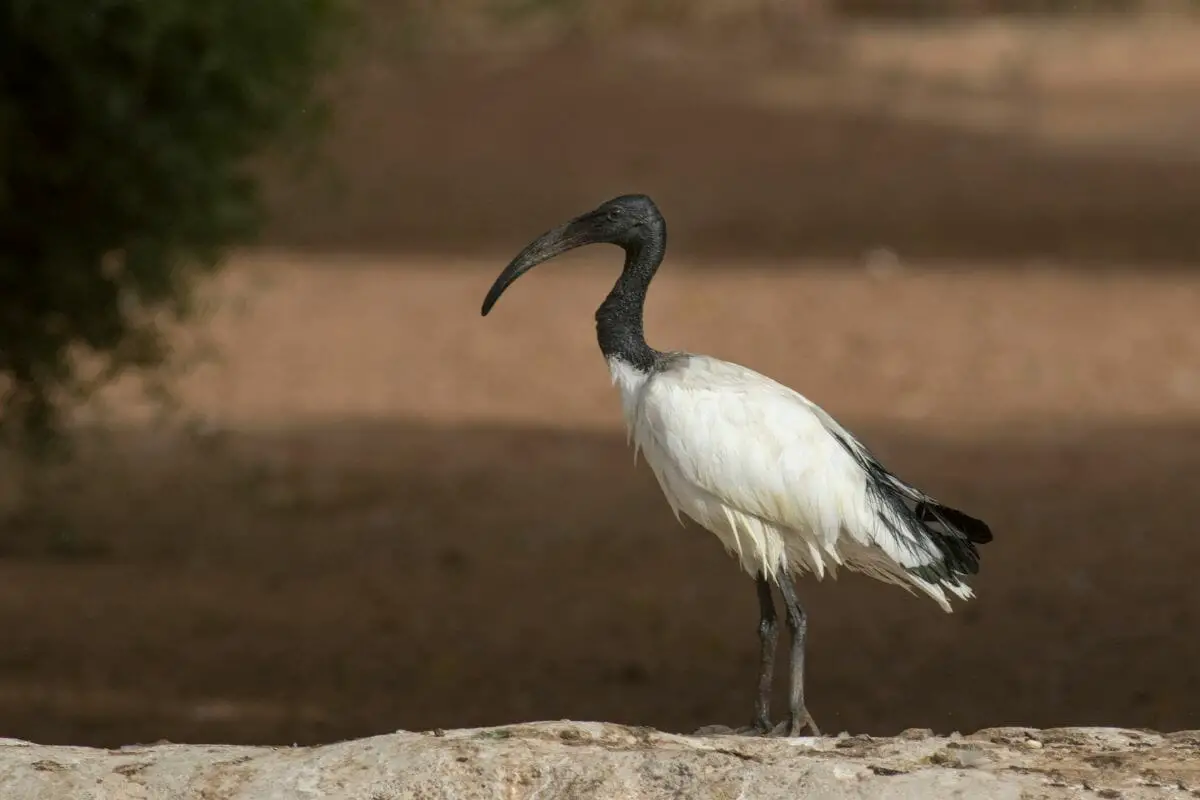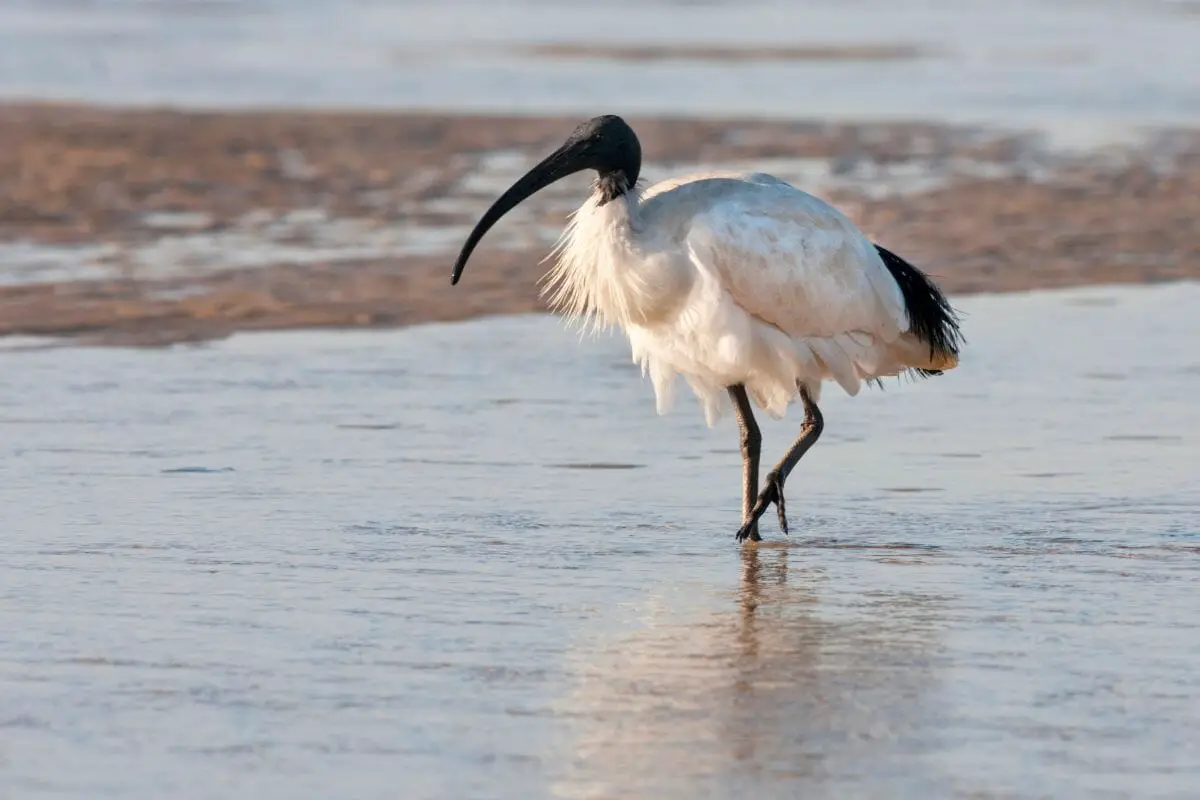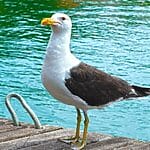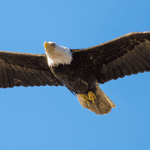The Giant Ibis is most well known for being the National Bird of Cambodia.
But this critically endangered species is quite an interesting kind of bird, and there are lots of fun and unique facts about it that you might not know about.

There is a lot more than meets the eye when it comes to this large waterbird, and some of the facts we have included here might just surprise you!
If you are curious about the Giant Ibis and you want to know more about it, then you have definitely come to the right place.
If you want to know more about the Giant Ibis, read on to learn about 10 fun facts about this bird.
1. Tourism Helps Preservation
This one might surprise you a bit, but tourism in Cambodia actually really helps the preservation of the Giant Ibis population.
Because the Giant Ibis is a critically endangered bird, there are plenty of tours offered in Cambodia to give you a chance to actually see it in the flesh, which is a rare occurrence!
Because these tours are so popular, money and time are put in to help preserve the population of the Giant Ibis, which in turn means they are protected and tourism is actually helping to keep their population alive.
2. It Is The Largest Ibis In The World
As the name would suggest, the Giant Ibis is pretty big, but did you know that it is the largest of all the Ibis birds?
It is actually twice the size of the second largest Ibis, so that should give you an idea of just how, well, giant the Giant Ibis truly is!
When standing upright, the Giant Ibis reaches a height of about 39 inches and is around 40 to 40.5 inches long, which is pretty big in terms of most birds.
When you see a Giant Ibis in person you will be amazed by just how big these birds are!
3. It is Cambodia’s National Bird
The Cambodians love the Giant Ibis so much that it is even their national bird!
In 2005, it was issued by royal decree that the Giant Ibis would henceforth be the country’s national bird and it has been ever since.
By making the Giant Ibis the national bird of Cambodia, it has helped to boost the critically endangered bird’s profile, making it more well known to people all over the world, and it has helped to generate decent tourism that really helps towards conservation efforts for the species.
4. It Is One of the Most Endangered Birds In The Whole World
We have mentioned a few times now that the Giant Ibis is a critically endangered species, but it might surprise you to know that it is so critically endangered that it’s actually one of the most endangered birds in the whole world.
Currently, there are no more than 345 Giant Ibis birds alive, which really shows how few of them are left.
They can all be found in various locations on the Mekong River in Cambodia, but you won’t find them anywhere else in the world.
5. It is A Social Bird

Though there aren’t many of these wonderful birds left, it’s actually quite rare to find them alone.
The Giant Ibis is incredibly gregarious and if you see one, you will often see another close by.
They tend to organize themselves into pairs or small groups and they are incredibly social creatures.
They prefer to stick together rather than be in solitude, so if you are going on a tour to see them, you can definitely expect to see more than one at a time!
6. They Are Quite Quiet Birds
Most birds are known for being quite loud, but a unique characteristic that comes with the Giant Ibis is that they are usually silent in their everyday life.
You can hear them at dusk or dawn emitting loud sounds, but even then, it’s not all the time.
The reason they are so quiet is that they don’t want to attract predators to their location, so the silence allows them to go about their day completely unnoticed.
When you do hear them making sounds, they are only doing so when they are being territorial.
7. They Forage In Water
The Giant Ibis is a kind of lowland waterbird, so this means that they tend to live near and migrate to areas where water is in abundance.
These birds have long, curved beaks which are perfect for foraging in shallow water.
They love all sorts of food that come from the water, some of which includes invertebrates, crustaceans, small reptiles, and amphibians, as well as earthworms, locusts, mole-crickets, cicadas, and other insects.
8. They Are A Cool-Looking Bird
Aside from being giant, the Giant Ibis is also quite striking in other aspects of its appearance.
The adults tend to be dark, with a grey-brown plumage and a naked greyish head and upper neck.
Their beaks are yellowish-brown, their legs are orange and their eyes are dark red.
Giant Ibis is incredibly unique in appearance and easy to identify once you know what to look for.
9. They Are Omnivorous
The Giant Ibis will eat things like seeds, but it mainly feasts on things like invertebrates, crustaceans, and small amphibians.
This makes the Giant Ibis a kind of omnivorous bird, which is quite unique as most birds are generally herbivorous or carnivorous.
10. It Tends To Stay In The Same Place
Technically, the Giant Ibis is a kind of migratory bird, but they are also incredibly territorial.
It is very common for them to stay in the same place for years at a time, and they will only leave when the resources in that area have been exhausted.
Conclusion
The Giant Ibis is an incredibly interesting bird, and despite being critically endangered, it is thriving quite well in Cambodia thanks to active conservation efforts.
If you ever find yourself in Cambodia, you should definitely take a trip to visit their national bird!
- 15 Most Common Animals Living In Ponds - 2024-04-23
- What are the Characteristics Of a Wolf – (Characteristics & Interesting Facts) - 2024-04-23
- Animals That Live In The Abyssal Zone - 2024-04-22








